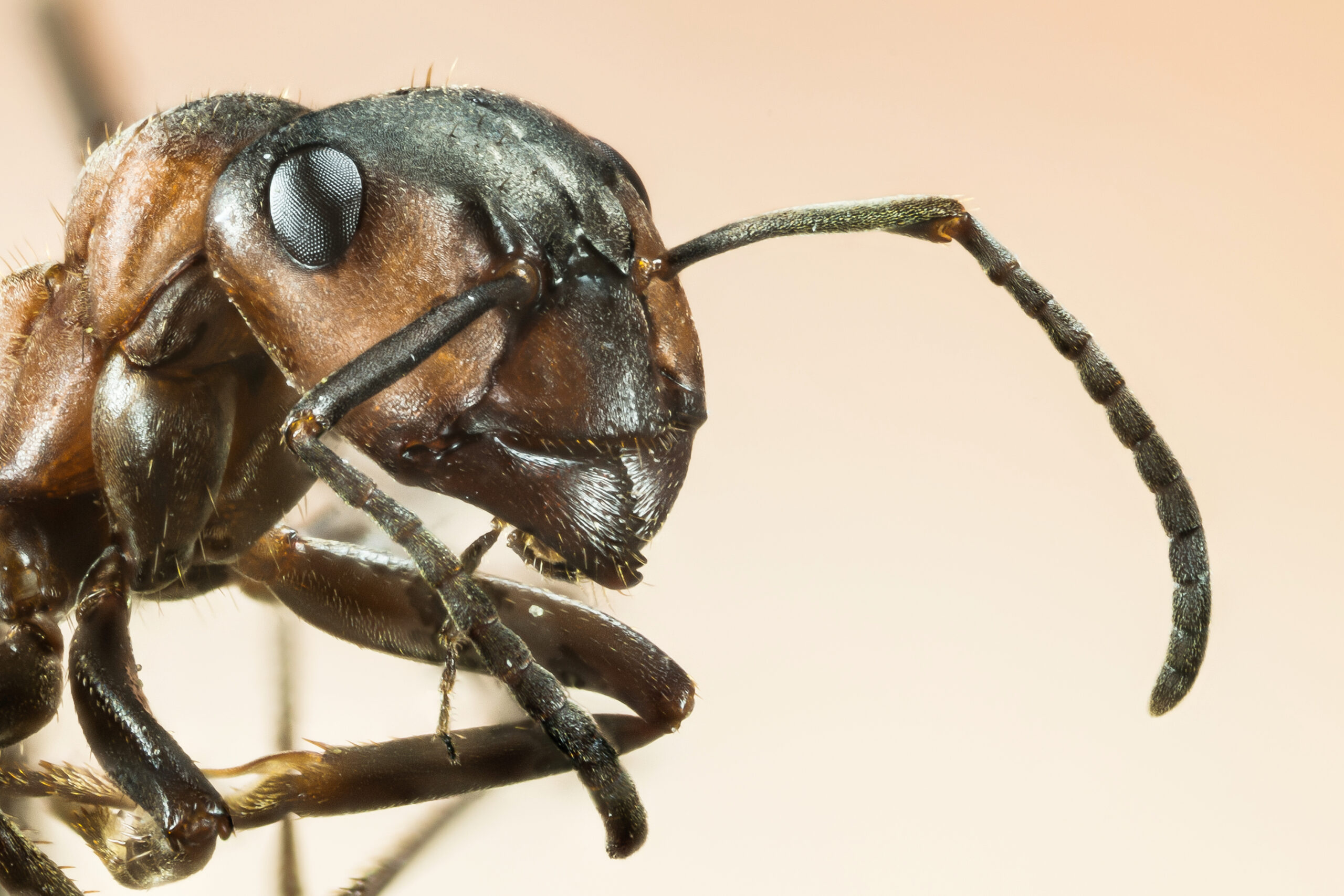Ants have long captivated the human imagination, from their intricate social structures to astonishing engineering feats. But did you know that the ant brain is one of the largest brains in the animal kingdom in proportion to its tiny body? That’s right—with its complex behaviors and problem-solving abilities, the humble ant has a brain-to-body ratio that puts even the mighty elephant to shame.
As we delve into the fascinating world of the ant brain, we’ll uncover the surprising ways these diminutive creatures navigate their environment, protect their colonies, and demonstrate intelligence that rivals that of much larger animals. So prepare to have your perceptions of insect intelligence challenged as we explore the remarkable cognitive capabilities of the ant.

The Ant Brain: A Powerhouse in a Miniature Package
When it comes to brain size, the conventional wisdom has long been that bigger is better. The sperm whale, with its massive 18-pound brain, has long been considered a champion of the animal kingdom. However, a closer examination reveals that the true champion, at least in terms of brain-to-body ratio, is the unassuming ant.
According to a 2009 study published in the journal Brain, Behavior, and Evolution, the ant genus Brachymyrmex has the largest brain relative to its body size of any known creature. With an average body mass of just 0.049 milligrams, these tiny insects boast a brain that accounts for a staggering 12% of their total body mass – a ratio of approximately 1:8. In comparison, the brain-to-body ratio of the mighty sperm whale is a mere 1:5,100.
This remarkable statistic challenges the long-held assumption that brain size is the sole determinant of intelligence. As it turns out, the ant’s diminutive stature belies a cognitive prowess that rivals that of much larger animals, including some mammals. So what exactly enables these tiny creatures to pack such a powerful punch in the brain department?
The Ant’s Navigational Prowess: A Masterclass in Spatial Awareness
One of the most remarkable aspects of the ant brain is its sophisticated navigational capabilities. Ants have been observed demonstrating a range of complex behaviors that are on par with those of many mammals, particularly when it comes to finding their way through the world.
Researchers have identified four distinct strategies that ants employ to navigate their environments:
- Path Integration: Ants have an innate ability to keep track of the distance and direction they’ve traveled during foraging trips, allowing them to find their way back to the nest using a “bee-line” approach.
- Familiar Visual Cues: When venturing beyond their nests, ants recognize and navigate routes by learning the visual scenery along the way, using the entire panoramic view to guide their movements.
- Systematic Search Patterns: When the path integration and visual cue strategies fail, ants resort to a Brownian walk strategy. They employ a mixture of random movements to eventually find their way home.
- Backtracking: If an ant finds itself in an unfamiliar environment, it will retrace its steps, using the visual cues it has already memorized to find its way back to the nest.
These navigational strategies, which are arguably more advanced than those used by humans, are a testament to the cognitive prowess of the ant brain. By combining multiple sensory inputs, including light patterns, sun position, odors, and ground textures, ants are able to create a sophisticated mental map of their surroundings. This allows them to efficiently traverse their environment and return to their nests with remarkable precision.
Ants: The Unsung Heroes of Colony Defense
But the ant brain’s capabilities extend far beyond mere navigation. These industrious insects have also developed sophisticated strategies for protecting their colonies from the threat of disease outbreaks.
According to a recent study conducted by researchers at the Institute of Science and Technology Austria and the University of Lausanne, ants can detect the presence of fungal pathogens brought in by the older, foraging workers. Upon detecting these threats, the ants quickly adapt their behavior and organizational structure to safeguard the colony’s most valuable members—the queen, the brood, and the young workers.
The foragers, who are more exposed to the disease, are isolated. The foragers interact mostly with other foragers, while other workers limit their interaction with them. For example, young “nurse” workers limit their interactions with the foragers to create a barrier to prevent the pathogen’s spread. This remarkable ability to detect and respond to disease threats demonstrates the ant brain’s impressive problem-solving and collective decision-making capacity.
The Ant Colony: A Hive-Mind of Remarkable Complexity
In many ways, the ant colony can be viewed as a kind of “super-organism,” with the individual ants functioning as the neurons in a vast, decentralized brain. This collective intelligence allows the colony to tackle complex challenges and coordinate intricate behaviors beyond any single ant’s capabilities.
One of the most striking examples of this hive mind in action is the ants’ ability to construct elaborate nests and foraging networks. Through the use of pheromones and other forms of communication, the ants are able to work together to build structures that are truly awe-inspiring. Some species create nests that span several meters in diameter (10 feet or more) and extend deep underground.
In addition, the ants’ division of labor and caste system further contribute to the colony’s intelligence and problem-solving prowess. From the specialized roles of the queen, workers, and drones to the coordinated efforts of the foragers and nurses, the ant colony operates with an efficiency and organization that rivals even the most advanced human societies.
Featured Image: Photo 110173257 © Maciej Olszewski | Dreamstime.com


